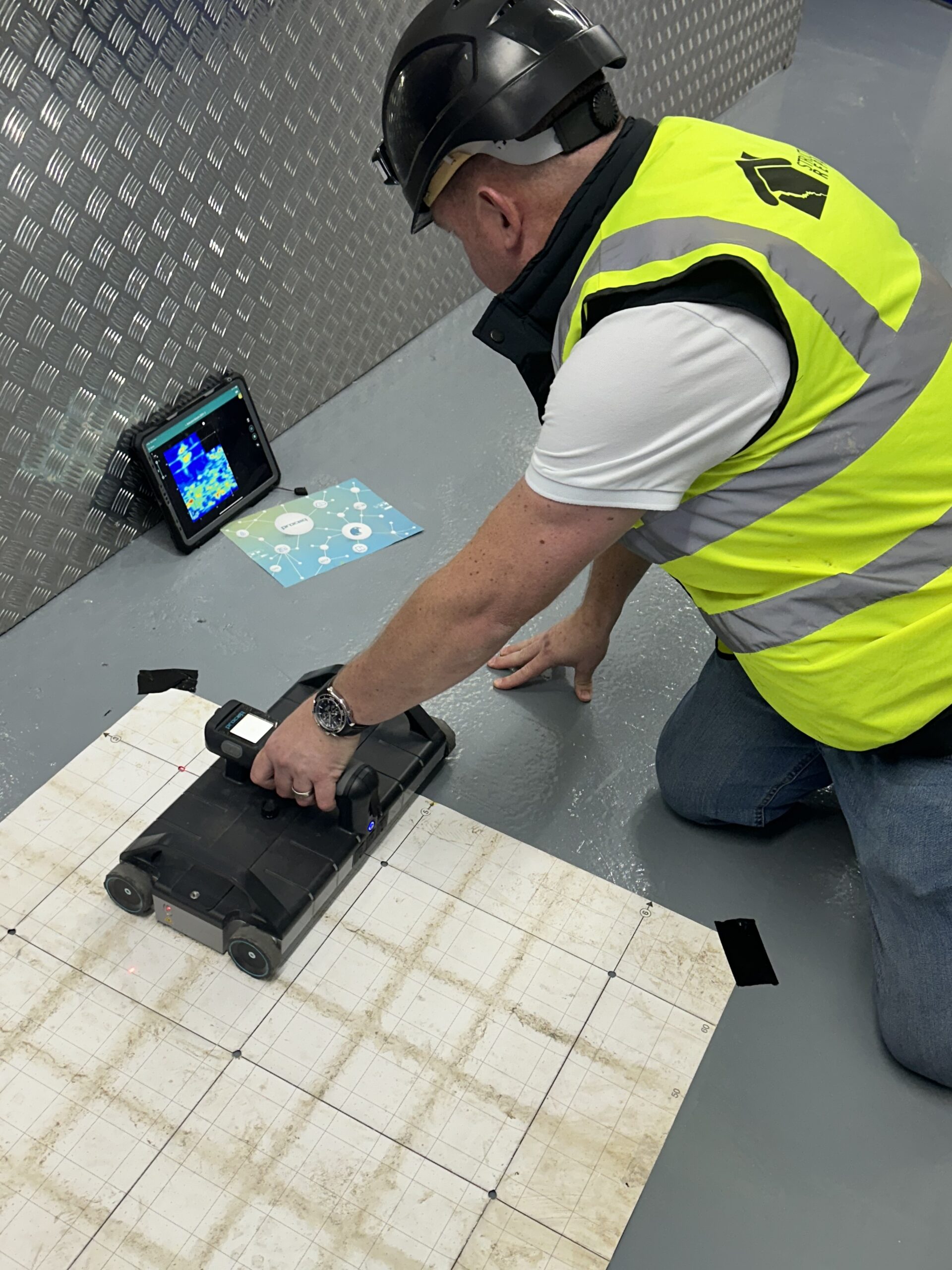Enhancing Job Preparation and Execution With Advanced Concrete Scanning Strategies
In the realm of job preparation and implementation, foresight and accuracy are vital aspects that can make the difference in between success and obstacles. Advanced concrete scanning methods have become an innovative tool readied to raise the requirements of job management within the building and construction industry. By utilizing cutting-edge innovation, these methods use a glance into the architectural honesty of a structure also prior to the initial brick is laid. The implications of such advancements are extensive, promising a standard shift in how tasks are come close to and delivered.
Advantages of Advanced Concrete Scanning Strategies

Improved Accuracy in Task Evaluations
Enhancing project assessments through innovative concrete scanning techniques considerably improves the precision and integrity of building examinations. By utilizing cutting-edge scanning innovations such as ground-penetrating radar (GPR) and 3D imaging, job teams can currently obtain comprehensive understandings right into the problem of concrete frameworks, recognizing prospective imperfections or weak points that might not show up to the nude eye. This improved level of precision in project assessments makes it possible for building and construction experts to make more informed choices relating to repair service and maintenance strategies, leading to enhanced total job results.
Furthermore, the increased precision in task analyses accomplished via advanced concrete scanning techniques assists in minimizing the threat of unexpected concerns throughout the building and construction stage. By proactively identifying surprise abnormalities within concrete frameworks, such as rebar deterioration or spaces, project teams can attend to these problems early on, preventing expensive delays and rework later on in the task lifecycle. Eventually, the boosted precision in task evaluations facilitated by innovative concrete scanning strategies adds to better performance, cost-effectiveness, and quality in building projects.
Very Early Recognition of Architectural Difficulties
Very early detection of structural difficulties plays a vital duty in making certain the stability and safety of concrete structures throughout the building and construction procedure. Identifying prospective issues at an onset permits timely intervention, protecting against pricey rework, schedule delays, and safety and security dangers. Advanced concrete scanning methods, such as ground-penetrating radar (GPR) and 3D imaging, he said enable project teams to discover surprise problems, spaces, reinforcement layout disparities, and other abnormalities that could compromise the framework's stability.
By implementing these strategies during the preparation and execution phases, building and construction professionals can proactively deal with architectural obstacles prior to they escalate into major issues. As an example, identifying inadequate concrete cover over support bars early can stop corrosion and architectural weakening in the future - RainierGPR Service Areas. Furthermore, identifying variations in concrete density or density can help enhance product use and make certain uniform toughness homes throughout the structure

Inevitably, very early recognition of architectural obstacles with sophisticated concrete scanning not just enhances the overall quality and durability of the building and construction however likewise adds to a much safer developed atmosphere for owners and customers.
Enhanced Safety Steps in Construction
The implementation of durable safety and security protocols is critical in the building industry to minimize dangers and protect the wellness of stakeholders and employees. Building original site sites are naturally hazardous settings, with prospective threats ranging from drops and tools breakdowns to architectural failings. To boost safety steps, construction firms are increasingly taking on technological improvements such as wearable tools that keep track of workers' crucial indicators and spot prospective wellness concerns in real-time. In addition, the usage of drones for site surveillance permits normal safety inspections without placing personnel in damage's method. Security training programs have also advanced to include online reality simulations that give hands-on experience in managing emergency situation scenarios. In addition, the integration of expert system in security monitoring systems allows proactive identification of potential dangers, allowing for timely interventions. By focusing on safety through the consolidation of sophisticated innovations and detailed training programs, construction tasks can considerably decrease mishaps and produce a secure workplace for all entailed - RainierGPR Service Areas.
Streamlining Project Management Processes
To optimize functional performance and guarantee task success in the building and construction market, an emphasis on streamlining project monitoring procedures is essential. By applying effective project administration procedures, construction jobs can reduce delays, lower costs, and improve total performance.

Conclusion
In verdict, the application of innovative concrete scanning strategies offers numerous advantages for job planning and implementation. These techniques offer enhanced accuracy in task evaluations, very early recognition of structural challenges, boosted security steps in construction, and structured task administration processes. Including these techniques into task workflows can eventually result in more effective and efficient end results in construction projects.
Eventually, the enhanced accuracy in project analyses assisted in by advanced concrete scanning methods adds to better performance, cost-effectiveness, and top quality in construction projects. RainierGPR Service Areas.
To enhance functional performance and guarantee job success in the building and construction sector, an emphasis on streamlining task monitoring procedures is crucial. By executing effective task management processes, building jobs can decrease hold-ups, lower costs, and boost YOURURL.com total performance. By improving job administration processes via innovation integration, clear interaction, and data-driven strategies, building and construction projects can attain greater effectiveness, cost-effectiveness, and successful results.
These techniques supply better accuracy in task assessments, very early identification of structural obstacles, enhanced security actions in building, and structured project administration procedures.